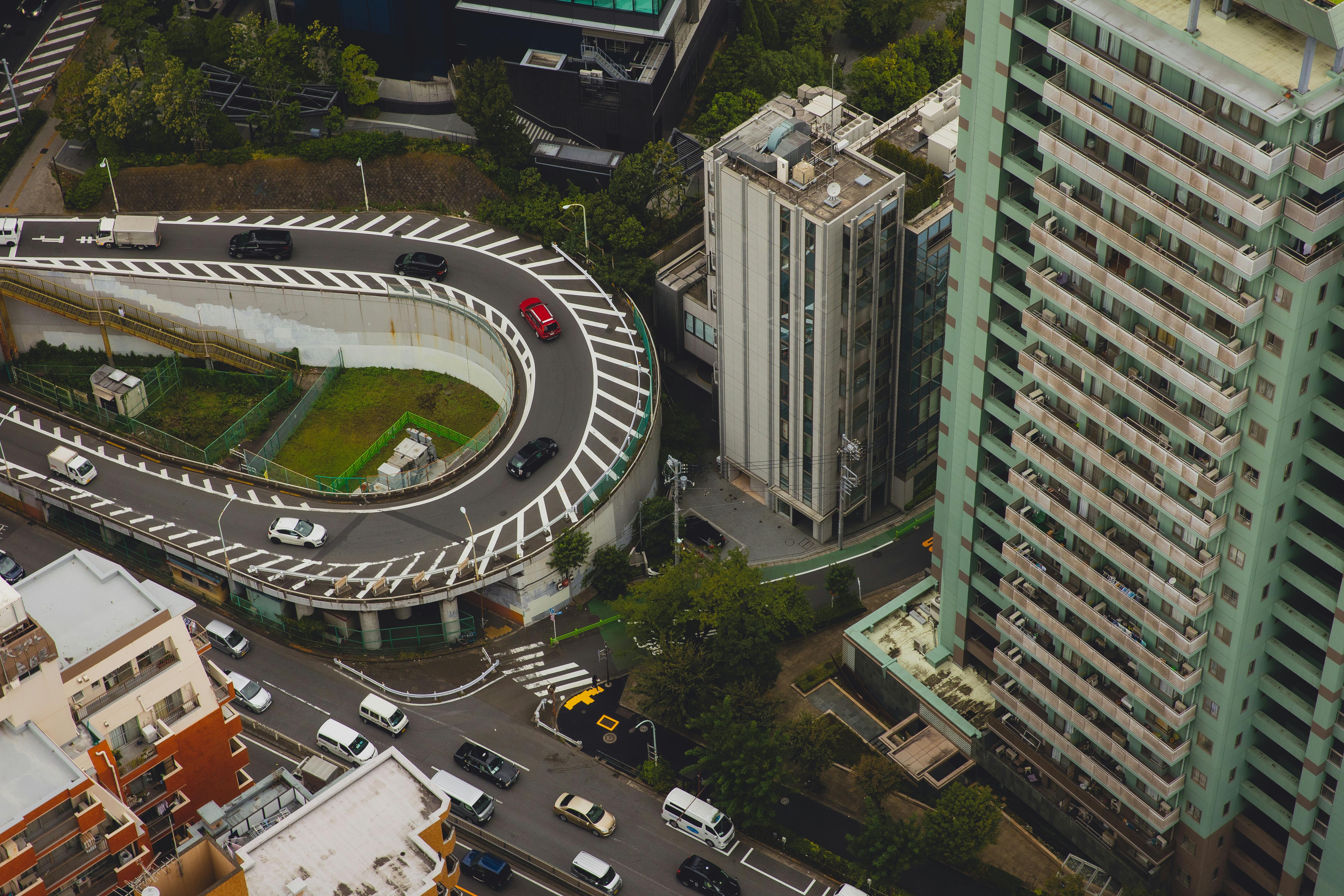Located on the banks of the Pravara River in the Ahmednagar district of Maharashtra, Sangamner is the most developed city and municipal council in the district. Being situated at the confluence of the three rivers in this area – the Mahanuti, the Pravara and the Mhalungi, the city derives its name from the word ‘Sangam’, which is the Sanskrit word for confluence. Some of Sangamner’s important industries consist of educational establishments, sugar factories, and markets for clothing, tobacco, and agricultural products.
Situated at an elevation of 1801 feet from sea level, Sangamner is considered the second most populous city in the Ahmennagar district and is the largest settlement found between the two cities of Pune and Nashik. Sangamner is about 230 km from Mumba, the economic capital of the country. In August 2014, a 9.5 km long ring road was built and opened, saving residents more than half an hour of travel time. The last few years have seen rapid development on the outskirts of the city. The highest peak of the Kalsubai state is located only 68 km from this city.
The city of Sangamner is a classic illustration of the indigenous spirit and culture of the Marathis, with an emphasis on education and fine arts. Some important socio-cultural organizations of this city are listed below:
Swar-Sangam Sangeet Prasarak Sanstha, Pratishthan of Kavi Anant Fandi, Itihas Sanshodhan Mandal of Sangamner, Yuvak Mandal of Rajasthan, Geeta Parivar and Akhil Bhartiya Natya Parishad of the Marathis. Festivals like Janmashtami, Id, Diwali, Dashera, Holi, Raksha Bandhan, etc. They are celebrated in this city with great enthusiasm without linguistic, religious or cultural bars. This city is known for its rich tradition in the Ganesha festival, which is being organized for more than 100 years by Someshwar Rangargalli Mandal. Dr. Ashok Limbekar and Professor Rahul Hande from Sangamner University have been running an organization for interdisciplinary knowledge sharing called Mukt Sawand.
The mausoleum of Khvaja Muhammad Sadek, the guardian of Emperor Alamgir is located on the eastern edges of this city. This domed structure dates back to 1659 AD
In 1679 Shivaji’s troops were assaulted by a force of Mughal troops when he lost his best military officer Sidhoji Nimbalkar along with a considerable number of his troops. As a result, Shivaji retaliated and led an offensive attack and his glorious feat saved the day. From an income statement dating back to 1790, it appears that this city used to be the capital of the sarkar, which consisted of 11 parganas that even included a large part of the Nashik district. Dev Mamlatdar was a holy figure who used to be an officer in this city’s subdivision around 1874.
Some Sangamner newspapers are also published. Some of them are Saptahik Sanwad, Amrutvarta, Varta Darpan and Sangam Sanskriti that circulate throughout the state. Some of the journals published in Sangamner include Yuvavarta, Praja, and Anand. Several magazines published in this city that are widely distributed throughout the state include, Krishisadhana, which is a magazine intended for farmers, a health magazine called Madhumitra, and a magazine called Sangam Diwali Ank. Dr. Rahul Hande edits Arghya, which is the annual magazine of the Sangamner College.




